Albert Einstein died on April 18, 1955. However, the story of the genius of physics would not end at that moment, but would start a new chapter that would last more than half a century after he pathologist Thomas Harvey stole his brain. It would take 52 years to recover the organ, which was cut into more than 200 slices and kept in a cider box for most of that time.
“I want to be cremated so people won’t worship my bones”, Einstein had expressed to his biographer. For this reason, within hours of dying from an aortic aneurysm, his body was cremated in a private ceremony attended by his closest friends and family. His ashes were then thrown into the waters of the Delaware River.
Albert Einstein, the most lucrative face of science
However, the scientist’s last wish was far from coming true. What no one had noticed was that an important part of the physique was missing, especially coveted due to his intelligence: your brain.
Thomas Harvey, the pathologist on duty in charge of performing the autopsy on Einstein’s body, was behind the disappearance of the organ. Despite having taken the brain without the consent of the deceased’s family, Harvey assured that it was not a “theft”, but rather an act “in the name of science” to decipher if he had any particularity that explained his intellect.
Days after the cremation, the family learned that the physicist’s brain had been stolen by Harvey. But by then the man had convinced Hans Albert, the son of the deceased, to give you permission to keep the organ for scientific purposes. Under the agreement, the studies should be solely in the interest of science and the results would be published in reputable scientific journals.
Hidden in Harvey’s basement: the new fate of Einstein’s brain
Although he had obtained permission from the family, the fact did not go unnoticed in Harvey’s personal life. Because he had acquired the organ clandestinely, Princeton Hospital fired the man. However, this was soon fixed when he was hired by the University of Pennsylvania.
Thus, he went to Philadelphia with Einstein’s brain, which had dissected into 240 thin plates, capable of being analyzed under the microscope, which he preserved in celloidin. He then created twelve sets of 200 slides containing brain tissue samples and sent them to some researchers. In addition, he divided the pieces into two containers with alcohol and took them to his house, where he hid them in a cider box in his basement.
Although the theft had been for scientific purposes, Harvey couldn’t get neurologists to want to examine the brain. In this sense, he contacted several specialists from all over the country, but none accepted because they believed that he was a lunatic or that he was joking.
Added to this, his personal life suffered another blow. his wife left him after accusing him of obsessing over the brain and threatening to throw it away, leaving Harvey alone and broke.
Likewise, the few neurologists who had analyzed the samples they received concluded that the organ had nothing special. They even found that he weighed 1,230 grams, which is below the normal range for a man Einstein’s age.
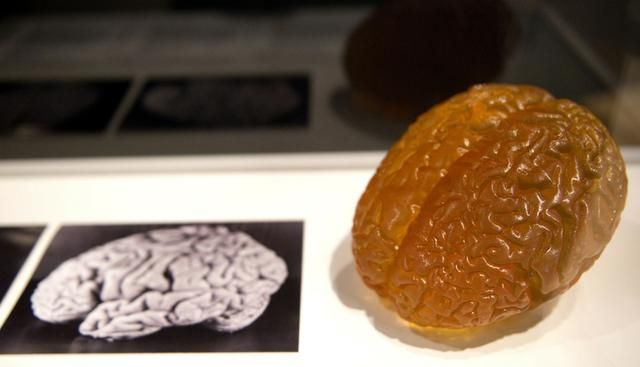
“This was supposed to have been his big good luck charm, but it was actually much more like a cursed relic“he said to the BBC journalist Carolyn Abraham, who met Harvey while doing research for her book Possessing Genius: The Bizarre Odyssey of Einstein’s Brain.
And I add: “He lost everything after taking that brain. He lost his job, he lost his marriage, he lost his career at Princeton. After the controversy over taking the brain, she never quite regained her balance in the hospital.”
Despite not having promising first results, the man did not give up and began a journey across the United States transporting small samples of Einstein’s brain in the trunk of his vehicle. Among those interested in its material was the US army, who feared that, in the middle of the cold war, the organ would fall into the possession of the Soviets. However, Harvey turned down the offer.
“I found Einstein’s brain”: the article that revived history
Given the lack of interest on the part of the scientific community, Einstein’s brain went into the background and ended up being forgotten. It would take 23 years since the physicist died for Steven Levy, a journalist for the New Jersey Monthlygo back to talk about the robbery.
In 1978, the journalist managed to get Harvey to grant him an interview. “I came to the conclusion that the brain, in sectioned form, was still in the possession of the pathologist who removed it from Einstein’s head, Dr. Thomas Harvey. I located it in Wichita, Kansas. At first he didn’t want to tell me anything, but after a while he finally admitted that he had the brainsLevy detailed.
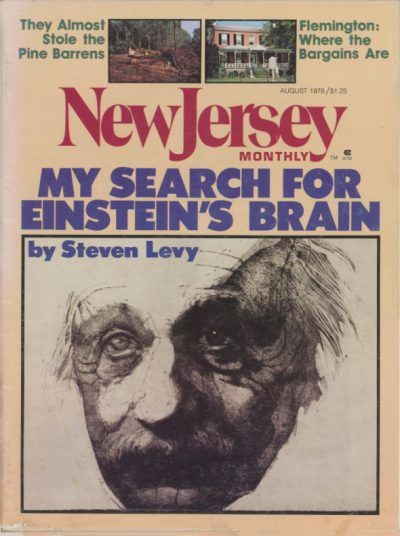
Immediately afterwards, according to the journalist’s account, the pathologist, who at that time worked in a biological tests laboratory, took two mayonnaise jars inside a cider box. “In those (jars) were the remains of the brain that changed the world,” Levy said.
“I found Einstein’s brain” was the title of the article published by Levy in the New Jersey Monthly magazine. The interview was a success and came to be read by prestigious scientists from the University of Berkeleyamong them the neurologist Marian Diamond, who contacted Harvey to ask for a fragment of the organ that he had kept for two decades.
In 1985, the scientist published a study in which she argued that Einstein’s brain had more glial cells per neuron than an average person. The function of these cells is to support neurons. In addition, the researcher discovered that these cells can increase their number with training in mathematics and other complex disciplines.
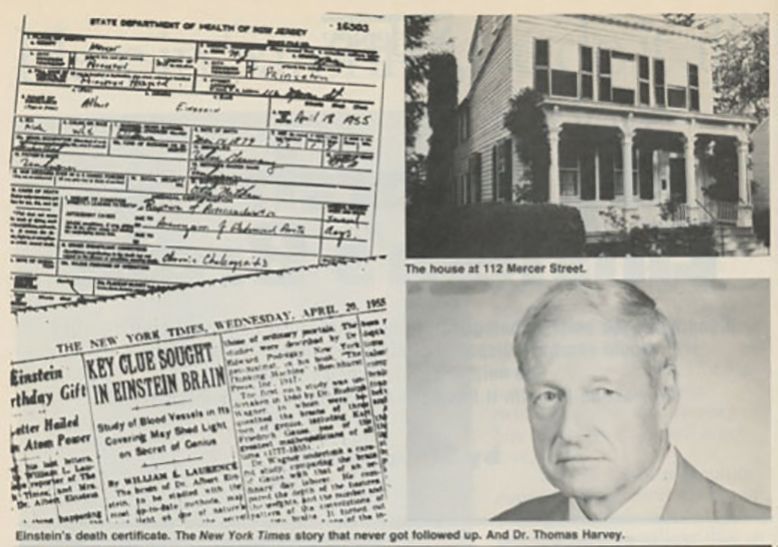
The story of the robbery was also published in the magazine Science, where he received even more knowledge from the scientific community. For this reason, Harvey began to receive many requests from researchers they wanted a piece of Einstein’s brain to analyze.
A documentary of the BBC published years later revealed that the pathologist used a kitchen knife intended solely for cutting the brain. Besides, he placed the organ on a cheese board when I split it. She would then store the piece in a mayonnaise jar and mail it to the researchers.
The final fate of Einstein’s brain
In 1997, journalist and writer Michael Paterniti contacted Harvey and convinced him to find Avelyn, Einstein’s granddaughter, and give him back his brain (or what was left of it). At the time, the pathologist was 84 years old and worked at a Kansas plastics factory.
For that reason, they traveled by car from New Jersey to California, where Avelyn was. “The Harvey that I knew was a kind and friendly person. But he fell into deep silences and he could spend all the time it took him to cross from one state to another without saying a word. He believed he had done science a favor by protecting and preserving Einstein’s brain. for the benefit of future generations”, detailed Paterniti in his book Traveling with Mr. Albert, where he recounts the journey of more than 6,000 kilometers together with the pathologist. When they arrived with Einstein’s granddaughter, the young woman did not accept the organ.
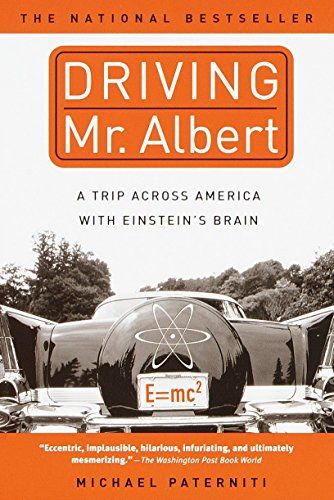
Following Harvey’s death on April 5, 2007, the physicist’s heirs received the brain fragments and fourteen new photographs taken from different angles that had not been published in the past. Three years later, they donated all the material to the National Museum of Health and Medicine of the United States Army located in Maryland.
Also, currently some of the pieces of the brain are in the Mütter Museum from Philadelphia, USA. In that place, the fragments can be found inside glass slides, which are exhibited in its galleries.
Added to this, many of the scientists who had parts of the organ returned them to the proper authorities. However, the whereabouts of 24 pieces are still unknown Einstein’s brain.
The possible “secrets” behind Einstein’s intellect
Fourteen years after Diamond’s work, the magazine Lancet published a study that revealed that Einstein’s parietal lobes had an atypical morphology. These results were supported by a group of specialists from the University of Florida in 2012.
“Most of us have three prefrontal gyrus, whereas Einstein had four, an extra one in his middle frontal lobe.. Their brain lobes are also different from normal,” explained Professor Frederick Lepore, who led the research published in the journal Brain.
In this sense, the Canadian scientist Sandra Witelson had studied the anatomy of Einstein’s cerebral cortex. The researcher determined that the inferior parietal lobe (region of the brain responsible for spatial knowledge and mathematical thinking) it was wider than normal and seemed better integrated than average.
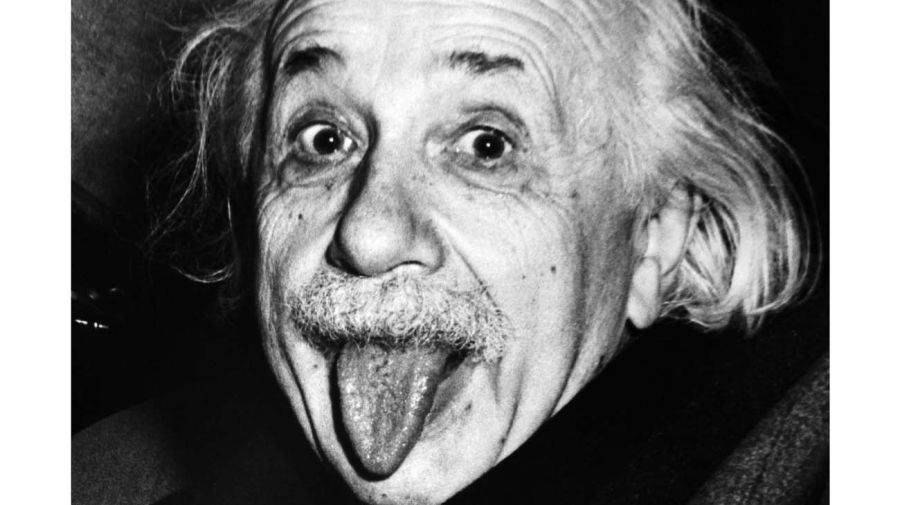
Added to this, in 2013, a new study found that the physicist had unusually good nerve connections in the corpus callosum, that is, the central nucleus that connects the right and left hemispheres. The researchers found that the Einstein fibers in this area were thicker than average, which meant greater cooperation between the brain hemispheres.
While some analyzes were encouraging, the scientific community did not reach a consensus regarding the motive behind the intellect of the Nobel Prize in Physics. “You can’t just take a brain from someone who’s different from everyone else, almost all of us are different, and say, ‘Aha! I have found what makes him a genius!” he explained to the audience. BBC Terence Hines, a psychologist at Pace University and one of the leading critics of Einstein’s organ studies.
For the psychologist, the scientists who studied the brain are trapped in the “neuromythology” that surrounds the organ. In that sense, Harvey would have been the first victim of this trend since she did not publish the results that determined that Einstein’s brain was normal, except for his below average weight.
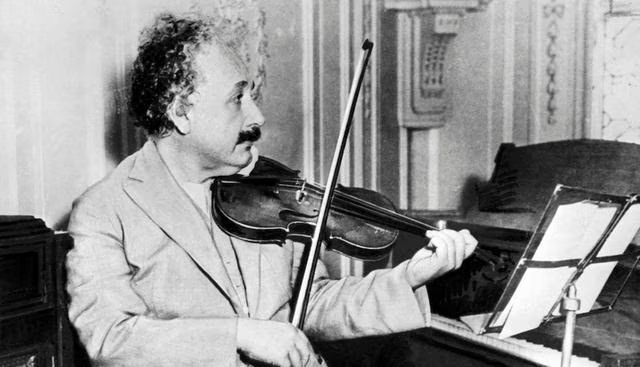
Added to this, Diamond’s study also relies on a “choice bias” for hines. Along these lines, she subjected the four samples to seven different tests, but Einstein’s brain was only atypical in one of the measures, that of glial cells, and only in one of the samples.
According to Hines, to determine if Einstein really had an unusual characteristic behind his intelligence, it would be necessary to compare “many brains” with those differences. “They may not find anything, but that would be much more productive than slicing and dicing a genius brain or two,” she concluded.
mb / ds
You may also like
